-
Welcome to Tacoma World!
You are currently viewing as a guest! To get full-access, you need to register for a FREE account.
As a registered member, you’ll be able to:- Participate in all Tacoma discussion topics
- Communicate privately with other Tacoma owners from around the world
- Post your own photos in our Members Gallery
- Access all special features of the site
AdventureTaco - turbodb's build and adventures
Discussion in '1st Gen. Builds (1995-2004)' started by turbodb, Apr 4, 2017.
Page 215 of 281
Page 215 of 281


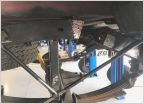 Mid Atlantic TACO build
Mid Atlantic TACO build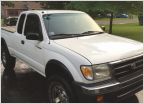 Christian's "One rusted nut at a time" thread
Christian's "One rusted nut at a time" thread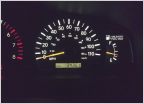 Sam's Tacoma Build
Sam's Tacoma Build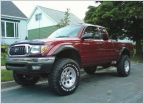 Snowman's 2004 4x4 Build
Snowman's 2004 4x4 Build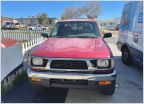 96 To(YOTE ) getter
96 To(YOTE ) getter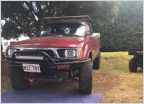 MAUIAUSTIN's High School Tacoma Build "Ava"
MAUIAUSTIN's High School Tacoma Build "Ava"






































